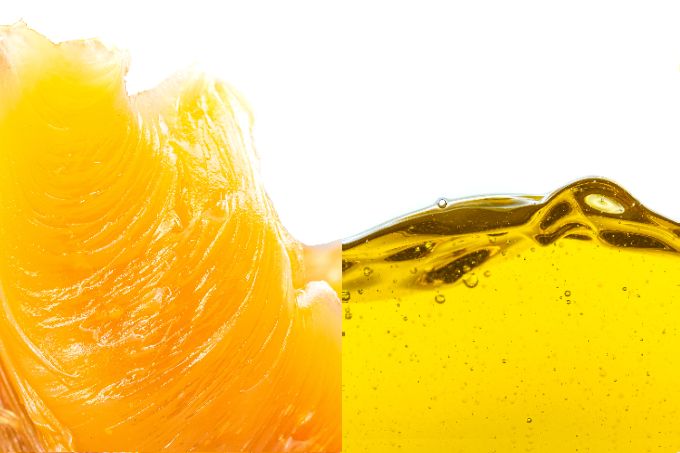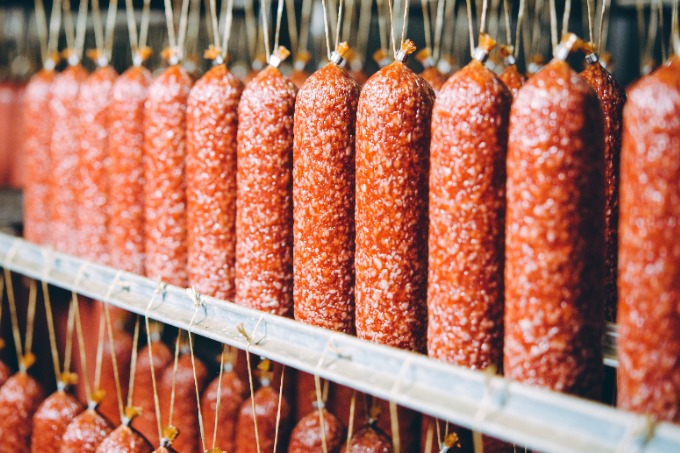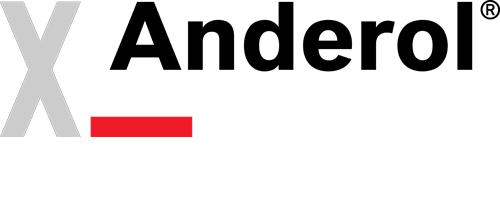Typically, oil performs better in high temperature applications and those where there is high speed and extreme friction. Grease, on the other hand, works well in bearing applications that operate at moderate speeds where temperatures are not excessively high. Grease also tends to be used when the mechanism cannot be lubricated frequently as grease stays in place better. In stop-start situations, for example, the oil returns to the crankcase, but grease remains on the part where it is needed.
Although oil and grease are used for the same reasons – to prevent metal-on-metal contact and protect equipment from wear and tear – they have different characteristics each providing different benefits.
Advantages of Grease:
- Excellent stop-start performance – when a machine is shut down grease remains in the component where it is needed, reducing the risk of a dry start.
- Better leakage control – worn seals and connectors can retain grease better than oil, which lowers the risk of inadequate lubrication and leakage.
- Provides a better seal against contaminants – surplus grease packed tightly around seals and connectors acts as a sealant, preventing particles and water from getting inside.
- No requirement for a lubrication circulating system, such as a pump, filter, sump or piping.
- Remains in the equipment for longer.
- A better choice where a continuous supply of oil cannot be maintained
- Less consumption of the lubricant over time
Advantages of Oil:
- Better cooling properties – unlike grease, oil flows freely, enabling it to conduct and carry away unwanted heat.
- Lower energy consumption
- Does not contain thickeners therefore no risk of incompatible thickeners mixing
- Cleaner than grease due to its capacity to carry away contaminants
- Easier to control the amount of lubricant to use – the oil volume in machine components can be precisely controlled using level gauges and sight glasses.
- Oil can be changed without dismantling machine hardware. Grease must be repacked periodically, which involves a considerable cost associated with labor, material and downtime.
- Oil-lubricated machines are easier to sample for laboratory analysis of wear metals, contaminants and fluid properties.
- The oil life can be extended through monitoring, replenishment, and even additive replenishment.
- Used oils can be safely handled and disposed of with minimal impact to the environment.
- Oiled bearing life can last longer than grease lubricated bearings.
- Better cold start properties
Oil or Grease on Bearings
The following is an approximate guide for when to use grease or oil on Bearings:
Sleeve bearings use oil
Rolling bearings with DN > ~ 250,000 inch RPM => use oil (grease would likely overheat)
Rolling bearings with DN < 250,000 inch RPM => prefer grease since it is generally a simpler solution to install and maintain, no significant leak or level-maintaining issues (but does need periodic greasing).
D*N = bearing bore diameter times speed. There may be slightly varying definitions using mean bearing diameter and slightly different limits as to where grease becomes ineffective. Higher-precision bearings with special cages can extend the viable range of grease lubrication.
Oil or Grease on Gears
The following is an approximate guide for when to use oil or grease on gears:
Circumferential speeds of up to 2 m / s:
High-consistency adhesive lubricants are used on large, open-running gears e.g. cement mills; crane installations and rotary kiln drives. These contain bitumen additives that improve the adhesion or other adhesives that give the product a certain elastic property. They are applied or sprayed on with a brush.
Circumferential speeds of up to 4 m / s:
Here, a grease dip lubrication with soft gear grease, into which a gear is immersed, is common. The use of immersion lubrication implies that the after-flow of lubricant between the teeth is ensured. Too high a grease consistency, possibly together with a low temperature, can lead to free running of the gears, so that the amount of lubricant required at the friction point is no longer available.
Circumferential speeds of up to 15 m / s:
This is where the oil immersion lubrication is most common. Either the gears or the dragged scoop wheels and spray discs lubricate the tooth flanks by their own movement.
Circumferential speeds of more than> 15 m / s:
Oil spray lubrication is usually required here. The oil is usually injected radially shortly before the gear meshes with a pump in a wide jet. The oil can also be distributed under pressure over the teeth through properly ordered channels.
Generally, the original equipment manufacturer will state whether a grease or lubricant should be used. You should also consult your lubricant supplier who should be able to advise you on the best options.





